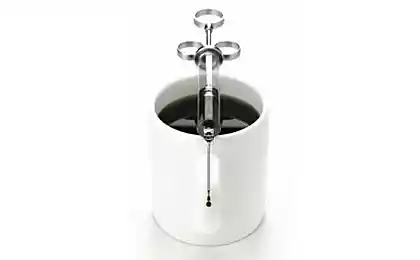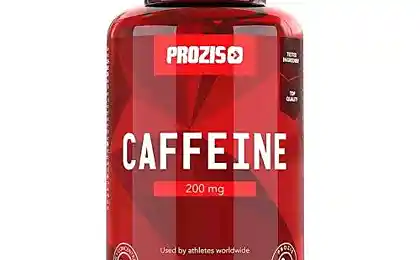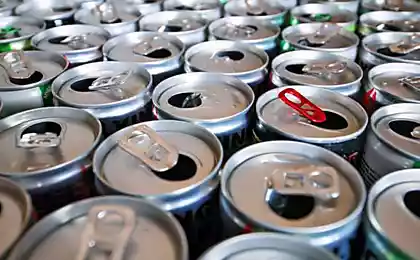958
Caffeine makes a good employee slacker

What distinguishes worker from a slacker? Recent studies suggest that they take different approaches to the tasks: a good worker is thinking about the result and prizes for his work, the bad - of the necessary efforts to accomplish the task.
Nevertheless, experiments conducted on rats show new results: stimulants, such as amphetamines, can completely change the approach to the work. "Hardworking choose an easier task to perform, and the slackers prefer a more severe test," said researcher Jay Hosking, a graduate student of the University of British Columbia in Vancouver.
Caffeine also turns the worker into a slacker, but he can not make lazy rat superstar performance, as do amphetamines. The results of this study were published yesterday (March 28) in the American Journal of Neuropsychopharmacology.
Lazy rat
Hosking and his colleagues have prepared and tested 20 rats as they were motivated. They were put into two boxes with two arms and five holes. During the task, one of the holes light up. When the rat pokes its snout into the hole, she received the award in a lump of sugar. Using leverage, the rats could choose the complexity of the problem - when you click on one of the levers hole burned the entire fifth of a second, while using the other - for a second that make it much easier to see which of the holes lit up with.
"Even among the rats have terrible slackers and extremely hard-working individuals," said Hosking. "Just as in humans, rats can distinguish groups spectrum of activity».
When you perform a difficult task, rats received twice as much sugar than selecting a simple task. Says Hosking, the results in the case of human beings can be interpreted as follows: some opt for lighter work in order to spend less forces for its implementation, at the time, when the other person chooses more complex tasks for advancement through the ranks.
As well as among the people in the group of rats, there were those who chose to spend a minimum of effort, and those who worked more aggressively to get more results.
In fact, when the rats were stimulants - caffeine and amphetamine, they are more impulsive Stavan in selecting lever, but all remained as accurate in selecting the illuminated holes. But, during the experiment, the rats showed two very different reactions: the caffeine from the industrious rats they have become lazy, changing to test its choice in favor of alleviating the burden. At the same time, when the previously lazy rats were given amphetamines, they became a real workaholic.
"The good news is that the lazy rats caffeine does not do worse, but it definitely reduces the willingness of workers to start work in rats," said Hosking.
Why such a difference in the action of two stimulants? "In the final analysis, one and other drugs have a stimulating effect, but they have different specific effects on the brain," says graduate student.
Danger stimulants
Data from this study may explain why stimulants based on amphetamines, such as Adderall (Adderall), helps in the treatment of attention deficit hyperactivity disorder. Perhaps the drug affects people with attention, making them focused personnel.
Adderall has many options for taking "off-label," says Hosking. It can be taken for overworked students and drivers of buses.
"But one drug may not be suitable for treatment of all people," says the doctor. "For drivers of buses over long distances amphetamine stimulant effect, helping to keep the tension and focus on the road and possible danger. But at the same time, a quarter of accidents on the roads of the United States is related to the use of amphetamines. After all, some may accept them, considering that help themselves, but in fact they can also harm. "























